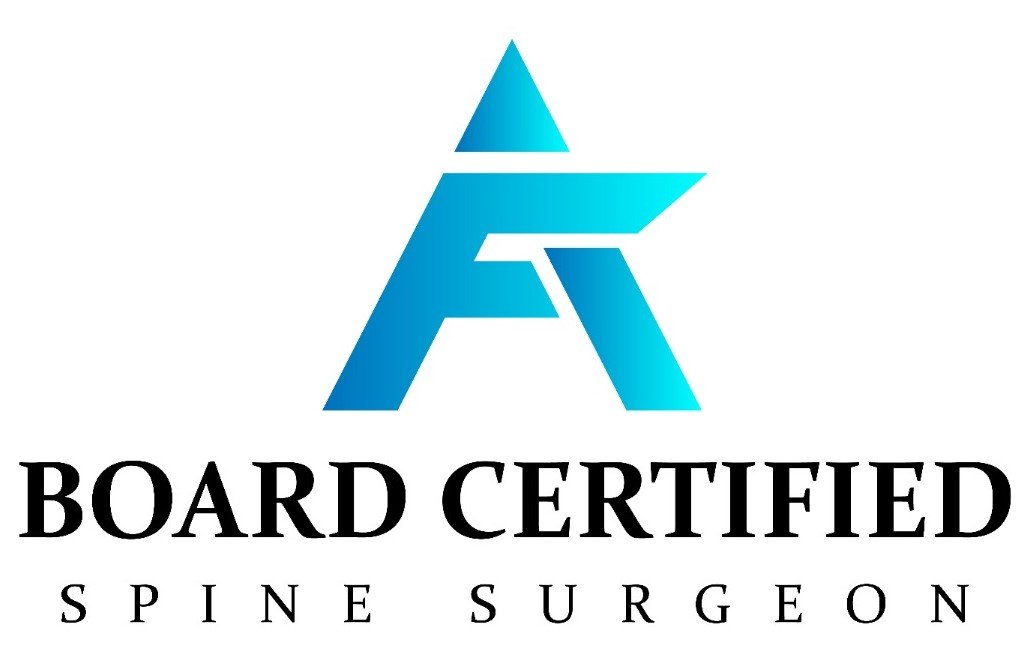What is Sciatica?
Sciatica is a common condition identified by pain that radiates along the path of the sciatic nerve, which commences from the lower back through the hips, buttocks, and down each leg. It often occurs when the sciatic nerve is compressed or irritated, causing various symptoms that can significantly impact daily life.
Causes of Sciatica
Sciatica causes can have various underlying factors, including:
- Herniated or Bulging Discs: In this condition, the soft inner material of a spinal disc protrudes. It then presses against the nerve roots that comprise the sciatic nerve, causing pain and discomfort.
- Spinal Stenosis: It is the narrowing of the spinal canal that causes nerve compression, including the sciatic nerve.
- Degenerative Disc Disease: Wear and tear of the spinal discs over time results in disc herniation and nerve compression.
- Spondylolisthesis: When a vertebra slips out of place and compresses the nerves in the lower back.
- Piriformis Syndrome: In this condition, the Piriformis muscle in the buttocks compresses and irritates the sciatic nerve.
- Trauma or Injury: Accidents, falls, or injuries that affect the spine and surrounding structures can also lead to sciatica.
Sciatica Pain Symptoms
Sciatica typically manifests as:
- Sharp, shooting pain in the lower back and hips, as well as both legs
- Numbness or tingling sensations in the buttocks, legs, or feet
- Weakness in the affected muscle or difficulty moving the leg or foot
- Pain that worsens with prolonged sitting, standing, or walking
- Difficulty controlling bowel or bladder function in severe cases

Sciatica Pain Treatment
Sciatica treatment options depend on the underlying cause and severity of symptoms. Common treatment options include:
Medications: As an initial treatment line, over-the-counter pain relievers or muscle relaxants can be prescribed to alleviate pain and inflammation.
Physical Therapy: Targeted exercises and stretches to enhance flexibility, strengthen the muscles that support the spine, and bring down the pressure on the sciatic nerve.
Epidural Steroid Injections: Injecting anti-inflammatory injections directly into the affected area to eliminate pain and inflammation.
Alternative Therapies: Techniques such as acupuncture, chiropractic care, or massage therapy may provide relief for some individuals.
Surgery: In acute cases or when conservative treatments fail to provide relief, surgical options such as discectomy, laminectomy, or spinal fusion may be recommended to alleviate nerve compression and restore mobility.
Sciatic nerve pain relief methods
In addition to medical treatments, several self-care strategies and lifestyle modifications can help manage sciatica pain effectively:
Applying Heat or Cold Packs: Alternate between heat therapy (warm compresses or heating pads) and cold therapy (ice packs) to reduce inflammation and alleviate pain.
Maintaining Good Posture: Practice proper body mechanics and avoid prolonged sitting or standing to minimise pressure on the spine and nerves.
Engaging in Low-Impact Exercises: Activities like swimming, yoga, or walking can help strengthen the muscles, improve flexibility, and alleviate sciatica symptoms.
Using Ergonomic Support: Invest in supportive pillows, cushions, or ergonomic chairs to provide adequate lumbar support and reduce strain on the lower back.
Practising Stress Management Techniques: Stress and tension can exacerbate sciatica symptoms, so incorporating relaxation techniques like deep breathing and meditation can help ease pain and promote overall well-being.
you can read about the last stages of sciatica
How to cure sciatica permanently?
There are numerous strategies that can effectively manage symptoms and provide long-term relief. Physical therapy / physiotherapy plays a major role in strengthening the muscles, while core strengthening exercises help eliminate the pressure on the sciatic nerve.
Moreover, maintaining proper posture, managing weight, and engaging in regular low-impact exercise can also contribute to reducing inflammation and promoting spinal health. Mind-body techniques such as yoga and meditation offer add-on benefits by reducing stress and promoting relaxation, which can aid in releasing tension in the muscles surrounding the sciatic nerve.
Seek professional sciatica treatment by Dr Shrief Elsayed
For those grappling with the debilitating effects of sciatica, seeking professional treatment is paramount to finding relief and restoring mobility. With Dr. Shrief Elsayed’s expertise and comprehensive approach to sciatica management, patients can expect personalized care tailored to their unique needs.
Whether through targeted physical therapy, minimally invasive interventions, or surgical options when necessary, Dr. Sherief Elsayed is committed to leading patients on the path to recovery and improving their quality of life.
Get in touch today!



